The secret of the "Bloody Quran" — a book written in the blood of Saddam Hussein
Categories: History
By Pictolic https://pictolic.com/article/the-secret-of-the-bloody-quran-a-book-written-in-the-blood-of-saddam-hussein.htmlIt is well known how intolerant Muslims are to blasphemy. Everything that casts a shadow on Islam in one way or another is usually subject to destruction. But there are exceptions, such as the "Bloody Quran" — a paradoxical holy book that should not have appeared. By its very existence, it violates the canons of Islam, but it cannot be destroyed, since the Koran is inviolable.
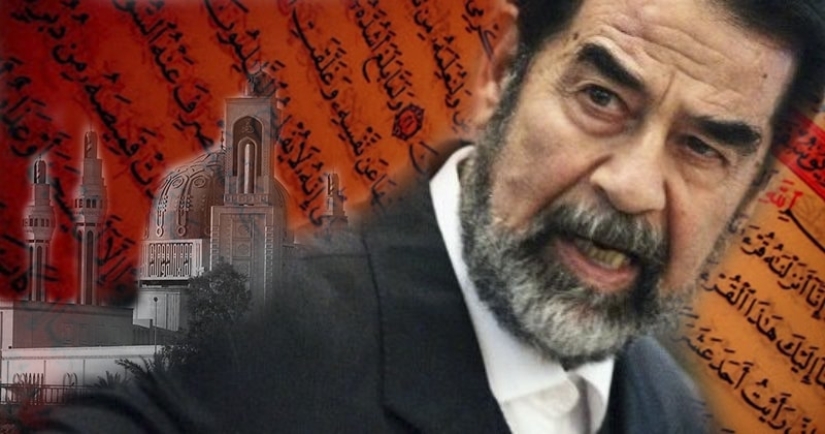
The terrible book is kept in the dungeons of the Baghdad mosque of Umm al-Qura and a mere mortal cannot see it. And few Muslims will want to touch a blasphemous folio that violates basic religious laws. It is believed that the holy book is written in the blood of Iraqi dictator Saddam Hussein, although this version is considered very controversial by many.
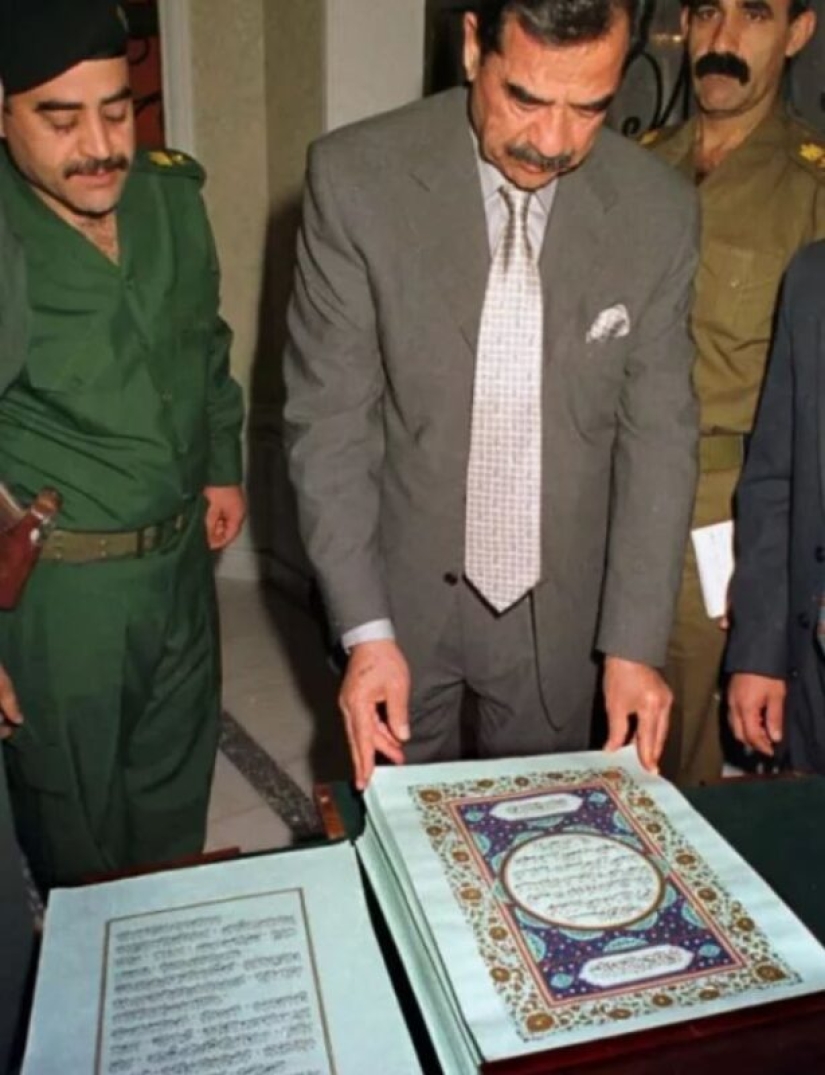
But it is known for sure that the "Bloody Koran" appeared precisely on the orders of Hussein, which the tyrant gave on his 61st birthday, April 28, 1998. Shortly before that, the dictator converted to Islam for the second time, which he abandoned many years ago. This decision was caused by an attempt on his son Uday Hussein on December 12, 1996, which the man miraculously survived.
In 2000, Saddam published an official explanation for the appearance of the book — according to him, it was conceived as a thank you to Allah for saving his beloved son, as well as for helping to overcome the "conspiracies and dangers" to which Hussein himself was repeatedly subjected during his life.
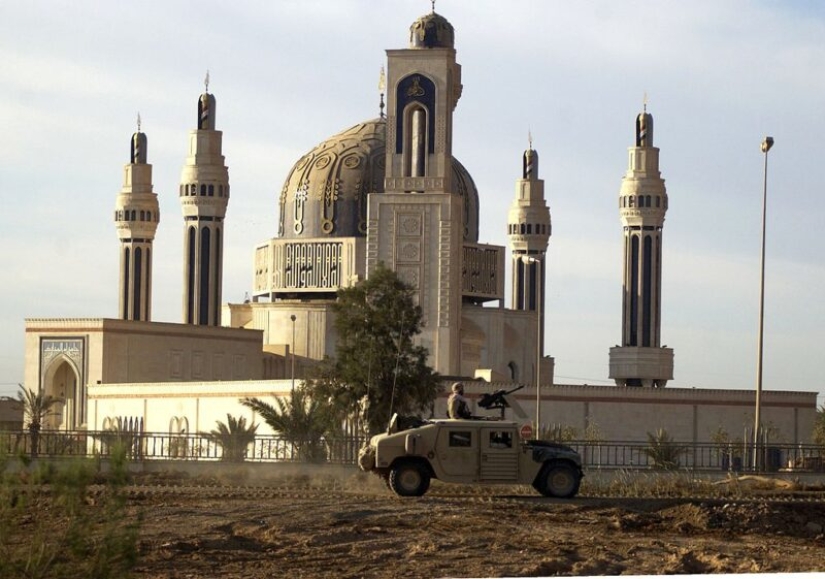
Writing such a book is a very responsible task, so the ruler of Iraq entrusted it to the famous theologian and calligrapher Abbas Shakir Judi al—Baghdadi. According to official information, 27 liters of blood were needed to work on the book, which was taken from Hussein for a total of two years.
Since blood is not the best ink, it had to be processed before use. Al-Baghdadi added special chemicals to the blood to help stabilize it. In total, with this unusual ink, the master of calligraphy wrote 114 chapters and 6,000 verses of the holy book on 605 pages. The work lasted two years and was completed in 2000.
The surahs of the "Bloody Quran" are written in letters 2 centimeters high, and each page is decorated with traditional red and black ornaments. The book was exhibited in a specially created pavilion in the Umm al-Maarik mosque ("Mother of all Battles"). Not everyone could see it — the pavilion was opened only for the most respected visitors of the mosque on the instructions of Hussein himself.
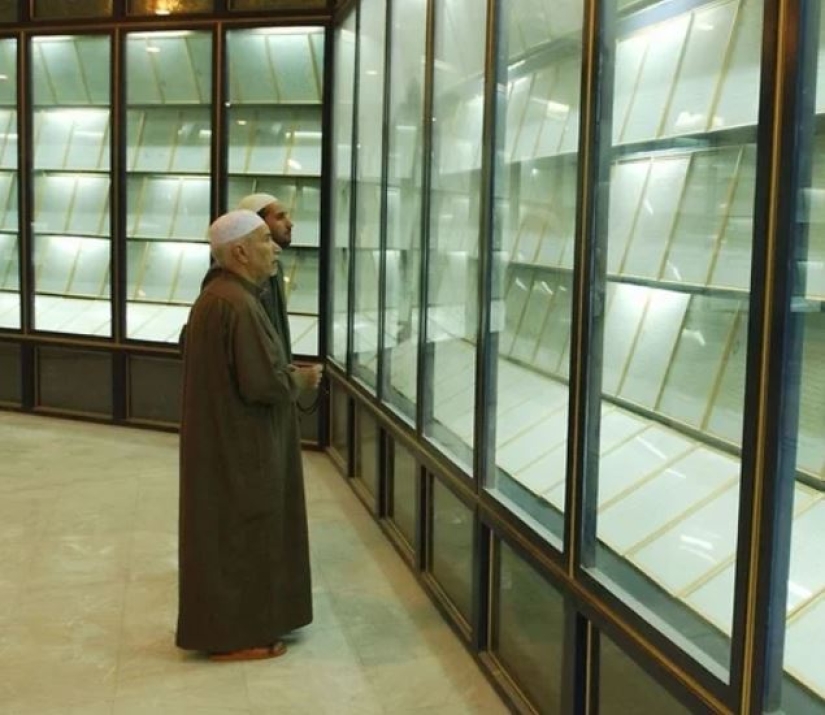
We can say that this mosque was intended specifically for the storage of the book, otherwise how to explain the fact that it began to be built almost simultaneously with the beginning of work on the Koran. This is a unique religious building, the minarets of which are similar to Scud ballistic missiles and the barrels of Kalashnikov assault rifles. Saddam dedicated the mosque to the victory over the coalition forces in the war in The Persian Gulf, which took place in 1990-1991.
Even at the stage of its creation, the "Bloody Quran" caused a lot of controversy among the clergy. In Sharia, a person's blood is considered to be najasa — an impure liquid and it defiles everything it gets on. Writing sacred texts in blood is Haram, that is, it is strictly prohibited, and Abbas Shakir Judi al-Baghdadi knew it perfectly well. But the calligrapher had no choice but to take the sin on his soul, because Saddam was quick to deal with disobedient people.
Now al-Baghdadi lives in the USA, in the state of Virginia and does not want to comment on the work on the "Bloody Quran". The last time he gave an interview to the press about this in 2003 and made it clear that he did not intend to talk about this topic anymore.
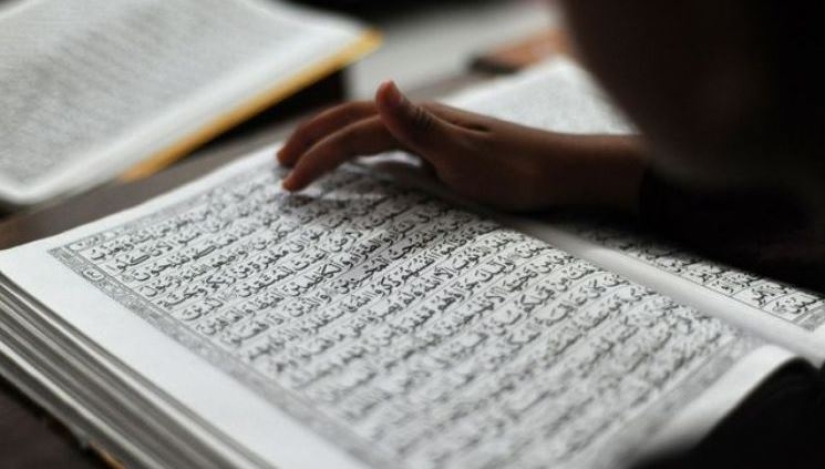
Due to the unwillingness of the creator of the "Bloody Quran" to discuss the blasphemous book, a lot of disputes and disagreements arise around it. Most often, it is questioned that it is all written in the blood of Saddam Hussein. There is a scientifically based restriction in the world that does not allow a person to donate more than 3 liters of blood per year. The dictator would have to spend 9 years to collect enough of such ink.
Therefore, many believe that the blood belongs not only to Hussein, but also to his entourage, and some even suggest that it was taken from political prisoners. Unfortunately, we are unlikely to get an exact answer to this question — Saddam is dead, and living witnesses of the work on the book are not too willing to share their memories.
The "Bloody Koran" did not stay long in the Umm al-Maarik mosque — in 2003, when the Americans captured Baghdad, the mosque servants hid the book securely. It is said that its keeper was Sheikh Samarraya, who kept the relic at home in a secret place. This person still holds the title of keeper of the book, and she herself has returned to her mosque, which is now called Umm al-Qura ("Mother of all Cities").

The book is kept in a specially equipped basement under the mosque, the door of which is closed with three locks. In 2010, Sheikh Samarraya satisfied the curiosity of journalists and slightly opened the veil of secrecy, telling about how the "Bloody Quran" is kept and why it needs such protection.
The book is not shown to ordinary visitors of the mosque. In general, this handwritten Quran has an unusual status — discussions have been going on for many years about what to do with it next. Due to the method of writing, the book is considered unclean and offends the laws of Islam. But on the other hand, since it still remains the Koran, it cannot be destroyed or even simply damaged.
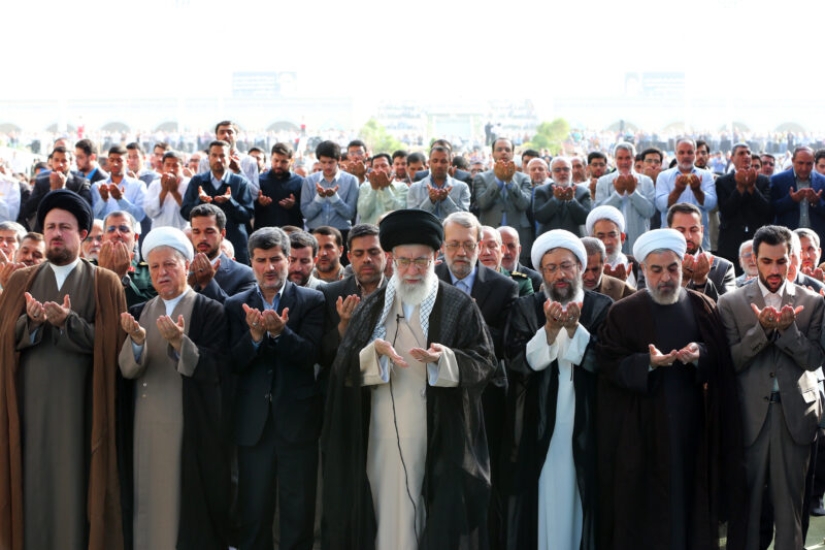
For the clerics and philosophers of Iraq, this book remains a serious theological problem. Abdul Qahar Al-Ani, a professor of Islamic thought at Baghdad University, speaks of the "Bloody Quran" as follows:
But the "Bloody Koran" is also being hidden for political reasons. There are fears that he may be made an object of reverence by Hussein's supporters, of whom there are still many in the Iraq. The book, as a relic associated with Saddam, can rally people who want to revive the Baath party in the country. In political circles, the majority is in favor of destroying this controversial artifact, like other monuments of long-term tyranny.
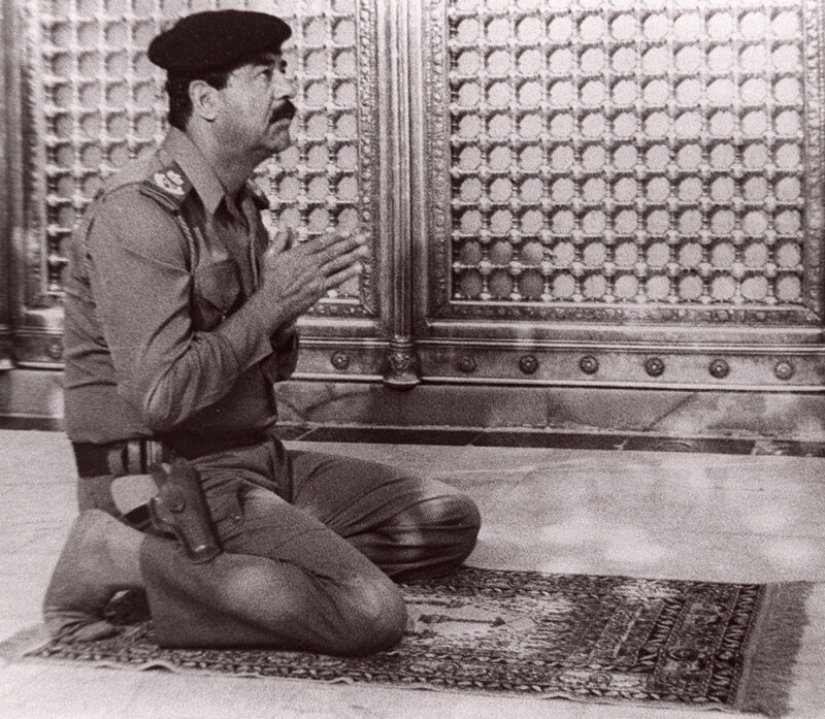
However, there is also a diametrically opposite opinion. Former national security adviser Movaffaq al-Rubai, who was next to Hussein when he was being led to execution, believes that the "Bloody Quran" is part of Iraq's history and that is why it should be preserved.
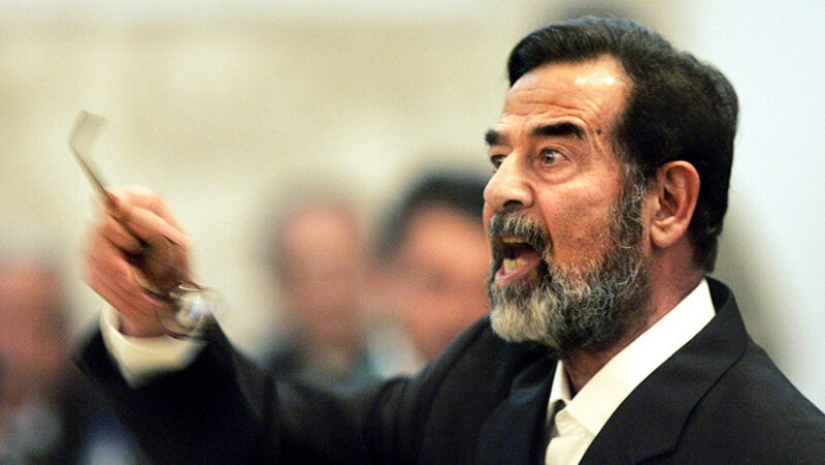
The debate over the "Bloody Quran" has been going on for almost 20 years, and the book still lies in its secret vault behind three locks. This terrible monument to the tyrant's 24-year rule has no right to exist either from the point of view of faith or as a historical object, but so far no one has dared to order its destruction.
Recent articles

All cultures, countries and different Nations, each nation has its own traditions and customs. But one thing remains common — ...

They say that absolutely everything that is made of chocolate is delicious. And apparently, Sarah Hardy agrees with this opinion. ...

New Jersey photographer Robin Schwartz photographed her adorable daughter Amelia with a variety of animals from 2002 to 2015. The ...